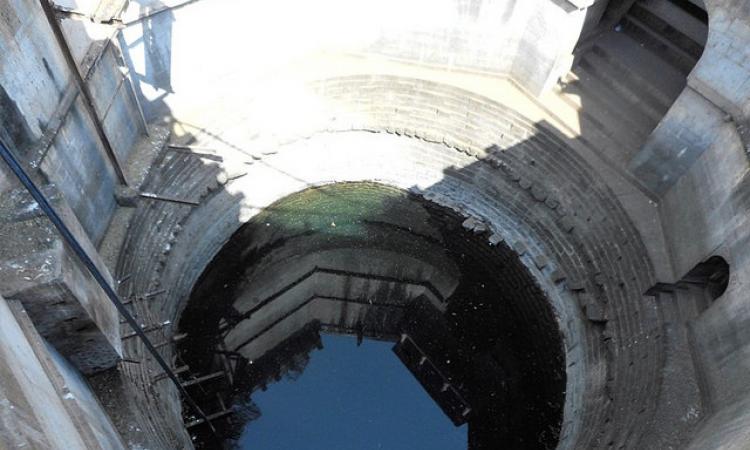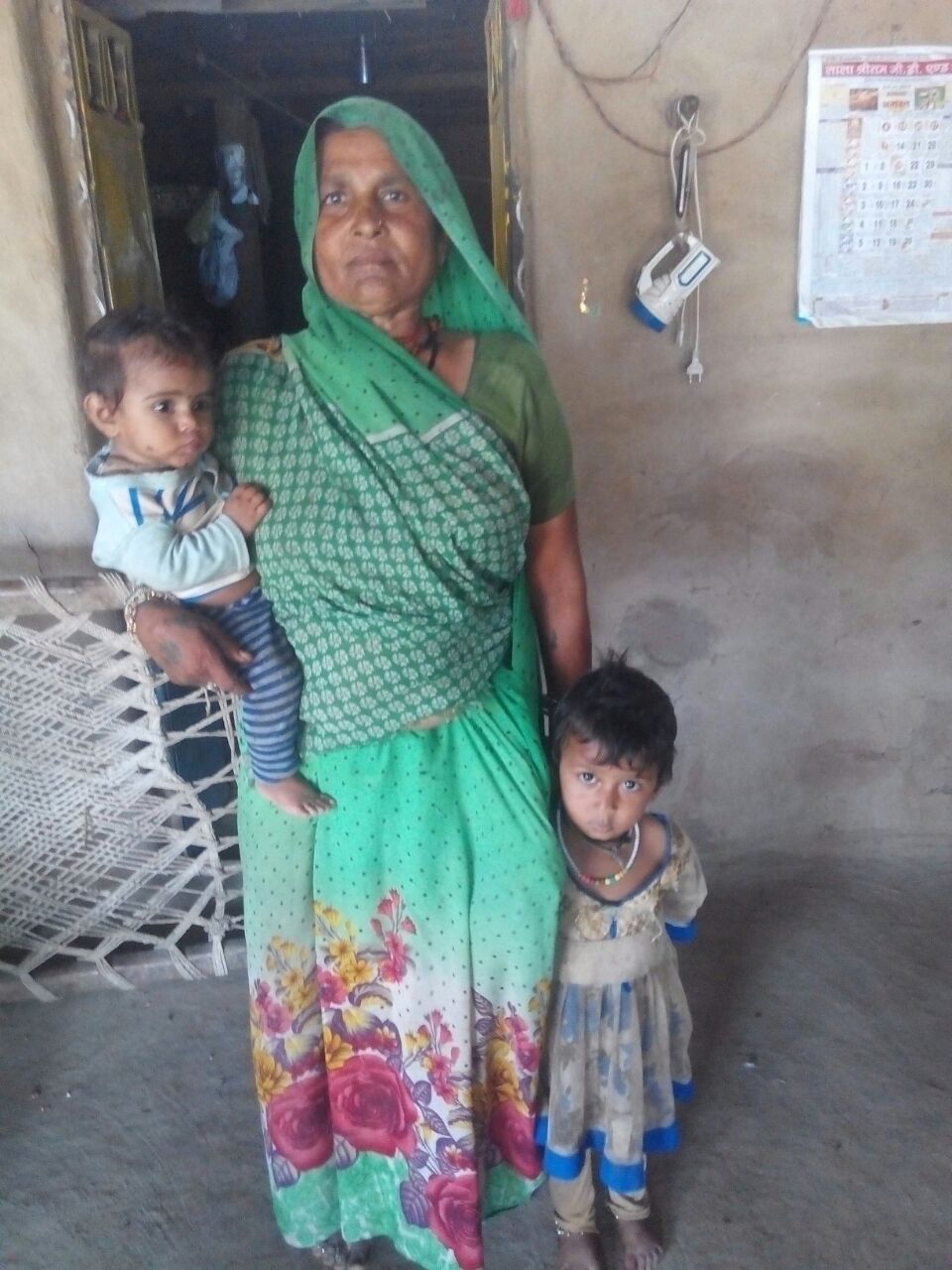
Shilpi Bai was just 18 when she got married to Magan Singh Solanki in Jamnia village, in Dhar district, Madhya Pradesh. She had dreams in her eyes of a great life ahead. She was healthy and soon became a mother of two children. Her husband was a farmer and she would help him in the field after completing the errands at home. Life was going on, leaving behind some good memories. But as the years passed, she felt as if she was losing her physical stamina. She would feel body ache and pain in her legs, especially in her knees. The discomfort would often stay for a few days in a month.
Shilpi, now 49 years old, took it as normal thinking that it is associated with the onset of her middle age. But slowly, it became a regular feature with the discomfort staying for more number of days in a month. Even swelling would appear with severe pain. This would be in one leg or both her legs. With this pain, she could barely do her household work--cooking, washing, cleaning, fetching water etc. She noticed that her legs were bending and she was not able to move around much. She would either lie down or keep sitting at one place. She even stopped working with her husband in the field.
Concerned with her problem, she visited several doctors at Dhamnod, Manawar, Khargaon, Mehgaon and many other places. She would get some relief in her pain with medication but no doctor could treat her or diagnose her problem. Neither the medicines worked for her nor the massages. Some villagers scared her that she was in the grip of an evil spirit.
Help reaches the village
Last year, a team from the non-profit organisation People’s Science Institute (PSI), Dehradun visited her village. The team collected water samples from hand pumps, wells and tube wells. After a few days, the team returned with test results. Shilpi narrated to Heena (one of PSI’s team members), “I could not understand clearly what your team was trying to say and there were many others like me who were unable to understand. But your team kept coming to talk about water. You would say that there is something in our drinking water which causes problems to teeth and bones. It is a disease and is called fluorosis. The possibility of us getting affected by it is most when we use hand-pump or tube-well water for drinking and cooking. Early stages of fluorosis affect the joints of the body making them stiff. It changes the bone structure and makes movement of joints difficult. To get rid of this disease, we must use well water for drinking and cooking purposes.”
Shilpi recalls that when she heard this, she could not believe that water can cause such a disease. Nothing is visible in the water. How can it cause such dangerous things? “Was her problem really because of the water that she was drinking? Was it not because of some evil spirit or curse?” she kept doubting. She told Heena that the PSI team had shown them some pictures of physical deformities due to fluorosis, the causes and the preventive measures. She was not able to believe that just by changing the drinking water source, this problem can be sorted. But she had gone through so much pain, suffering and medication because of her deformed legs that she thought of changing her drinking water as suggested by the PSI.
For two years after her marriage, she was using well water. Later, the hand pumps got installed in her village and she used hand pump water for 20 years because of its easy accessibility. Then came tube wells and since the past nine years, she was using this water for everything including drinking and cooking.
Why is well water better?
What is it in the tube-well and hand-pump water which is not in the well water in the Dhar region? Actually, the rocks in Dhar have biotite mineral which is rich in fluoride. Moreover, the deeper water sources like tube wells and hand pumps here have higher concentration of fluoride (more than 1.5 mg/l as per WHO and BIS standards). The wells are shallow water bodies and normally have fluoride much below the safe limit of 1.5 mg/l.
The amount of fluoride that can affect someone depends on a lot of factors like the amount of fluoride-rich water the person drinks, the kind of food eaten, the state of body’s filtration system (the kidneys), the level and the need for calcium in the body, etc.
Fluorosis is a slowly progressing disease. Preventing it needs a massive change in people’s habits and in their attitudes. It needs messages that are rooted in the local context and that change with time as people transform their habits. We also need to focus less on infrastructure, more on operation and maintenance and long-term solutions. Among these are the use of alternate water sources like well or rainwater, and local nutrition or kitchen gardens using organics.
Shilpi Bai got affected by skeletal fluorosis. But after just a year of consuming safe water, she feels much better. There is less pain in her legs. She stands up and carries about some of her activities without support. She can walk more. She moves out of her house and even goes to the field sometimes. With the improvements that she has noticed, she has given strict instructions to her daughter-in-law (who stays with her along with her two kids) to use only well water for cooking and drinking for the entire family. When asked if she would spread this message in the entire village as she has done in her own family and among relatives, she said, “I will definitely do that. I feel much better now. I have witnessed the miracle of using fluoride-safe drinking water”.
There are many others like Shilpi Bai in these villages who have benefitted from community-based safe drinking water supply systems. The PSI, Dehradun is working in nine fluorosis affected villages of Dhar with the support of Frank Water Projects, UK. The PSI team includes Anil Gautam, Dalpat Muwel, Heena Kannauj and Sharad Yadav.
/articles/well-water-makes-difference